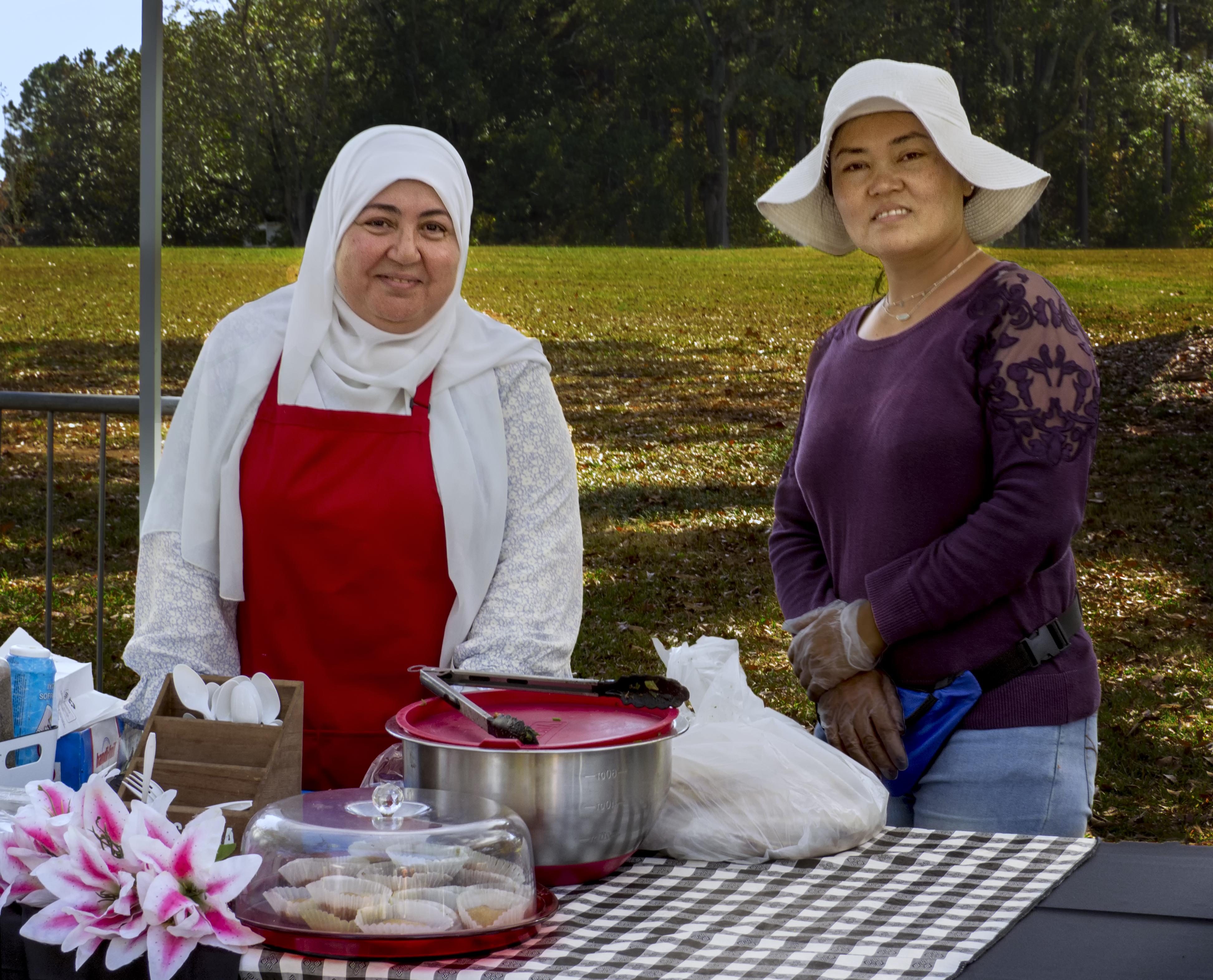In today’s fast-paced world, stress and challenges are inevitable companions on our journey through life. While these experiences can be overwhelming, cultivating healthy coping mechanisms is crucial for maintaining mental and emotional well-being. Whether you’re navigating personal struggles, professional pressures, or simply the ups and downs of everyday life, having a toolkit of effective strategies can make all the difference. This article aims to guide you through practical and compassionate approaches to building resilience and managing stress. By embracing these tips, you can foster a healthier relationship with yourself and the world around you, ultimately leading to a more balanced and fulfilling life.
Understanding Your Emotional Triggers
Recognizing what sets off an emotional reaction can be transformative. Triggers are unique to each individual and can stem from past experiences, unaddressed emotions, or even subtle environmental cues. By identifying these triggers, you can take control of your responses rather than feeling overwhelmed by them. Begin by paying attention to the situations that consistently evoke strong emotions. Consider keeping a journal to note when these moments occur, how they make you feel, and any patterns that emerge.
- Reflection: Spend time reflecting on past experiences and how they might influence your current emotional responses.
- Mindfulness: Practice being present in the moment to better understand what you’re feeling and why.
- Communication: Discuss your feelings with someone you trust to gain a new perspective on your triggers.
Understanding your emotional landscape can also be facilitated by categorizing triggers into manageable segments. Here’s a simple table to help you start:
| Trigger Type | Description | Example |
|---|---|---|
| Environmental | External surroundings that affect emotions | Loud noises |
| Social | Interactions with others | Criticism from peers |
| Personal | Internal thoughts or memories | Recalling a past failure |
Embrace this journey of self-discovery with patience and compassion. By , you empower yourself to respond with intention and cultivate healthier coping mechanisms.
Creating a Personalized Self-Care Routine
Crafting a self-care routine that truly resonates with your needs involves understanding what nurtures your mind, body, and spirit. Here are some elements to consider as you design your personalized plan:
- Mindfulness Practices: Integrate activities like meditation, journaling, or yoga to help center your thoughts and reduce stress.
- Physical Activities: Engage in exercises that you enjoy, whether it’s a brisk walk, dancing, or a workout session. Regular movement boosts endorphins and enhances mood.
- Nourishing Nutrition: Fuel your body with balanced meals. Consider meal planning to ensure you have nutritious options readily available.
To ensure these elements align with your lifestyle, reflect on your daily schedule and energy levels. Here’s a simple way to organize your self-care activities:
| Time of Day | Activity | Purpose |
|---|---|---|
| Morning | 15-minute meditation | Start the day with clarity |
| Afternoon | Healthy lunch prep | Nourish your body |
| Evening | Journaling | Reflect and unwind |
Remember, your self-care routine should be flexible. Adjust it as needed to suit changes in your life or mood. The key is to stay attuned to what genuinely makes you feel good.

Developing Mindfulness and Stress-Reduction Techniques
Building a strong foundation for managing stress involves integrating mindfulness practices into daily life. Here are some effective techniques to cultivate a more mindful approach to stress reduction:
- Mindful Breathing: Spend a few minutes each day focusing on your breath. Pay attention to the sensation of air entering and leaving your body. This simple practice can ground you in the present moment and help alleviate stress.
- Body Scan Meditation: Lie down comfortably and slowly bring your attention to each part of your body, from head to toe. Notice any sensations, tension, or discomfort without judgment. This practice can increase body awareness and promote relaxation.
- Gratitude Journaling: Write down three things you are grateful for each day. Focusing on positive aspects of your life can shift your mindset and reduce stress levels over time.
Incorporating these practices into your routine can significantly enhance your ability to cope with stress. To further support your journey, consider tracking your progress with a simple table:
| Technique | Frequency | Notes |
|---|---|---|
| Mindful Breathing | Daily | Helps calm the mind |
| Body Scan Meditation | 3x a week | Improves body awareness |
| Gratitude Journaling | Every evening | Enhances positivity |
By regularly practicing these techniques, you not only develop resilience but also create a personal toolkit for handling life’s inevitable challenges with grace and composure.

Building a Supportive Network for Resilience
Creating a network of supportive individuals can be transformative in fostering resilience. It’s essential to surround yourself with people who lift you up and encourage positive growth. Here are some ways to cultivate a nurturing circle:
- Seek Diverse Perspectives: Connect with people from different backgrounds and experiences. This diversity can offer new insights and solutions to challenges you might face.
- Prioritize Quality Over Quantity: A few meaningful relationships can be more impactful than a large number of superficial connections. Invest time in nurturing these bonds.
- Engage in Mutual Support: Ensure that your relationships are reciprocal. Offer your support and be open to receiving help when needed.
To help visualize the elements of a supportive network, consider the following table:
| Element | Benefit |
|---|---|
| Mentorship | Guidance and growth |
| Peer Support | Shared experiences and empathy |
| Community Groups | Collective strength and resources |
Building this network requires intention and effort, but the rewards are invaluable. By fostering these connections, you lay the groundwork for greater resilience and well-being.








































